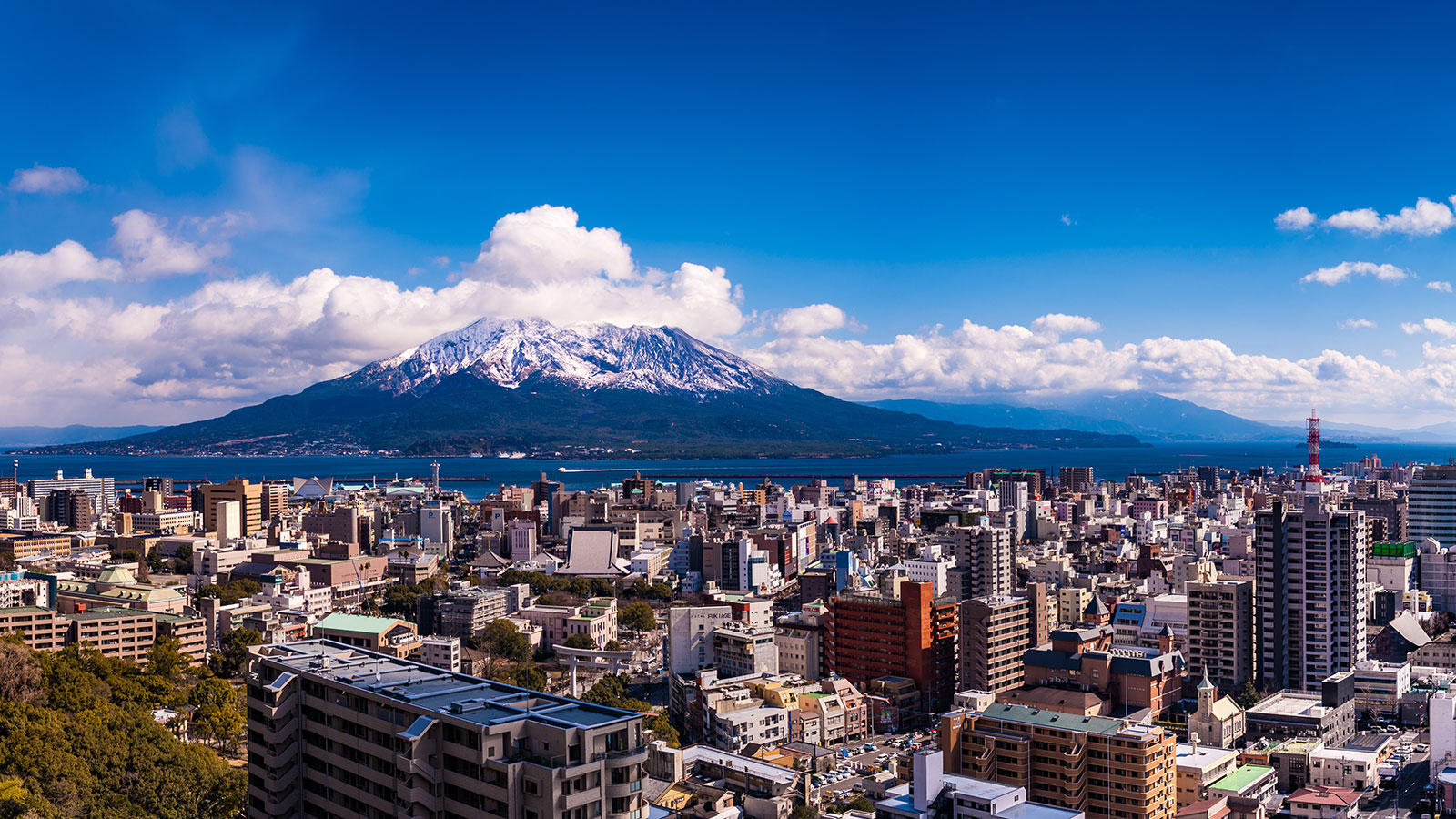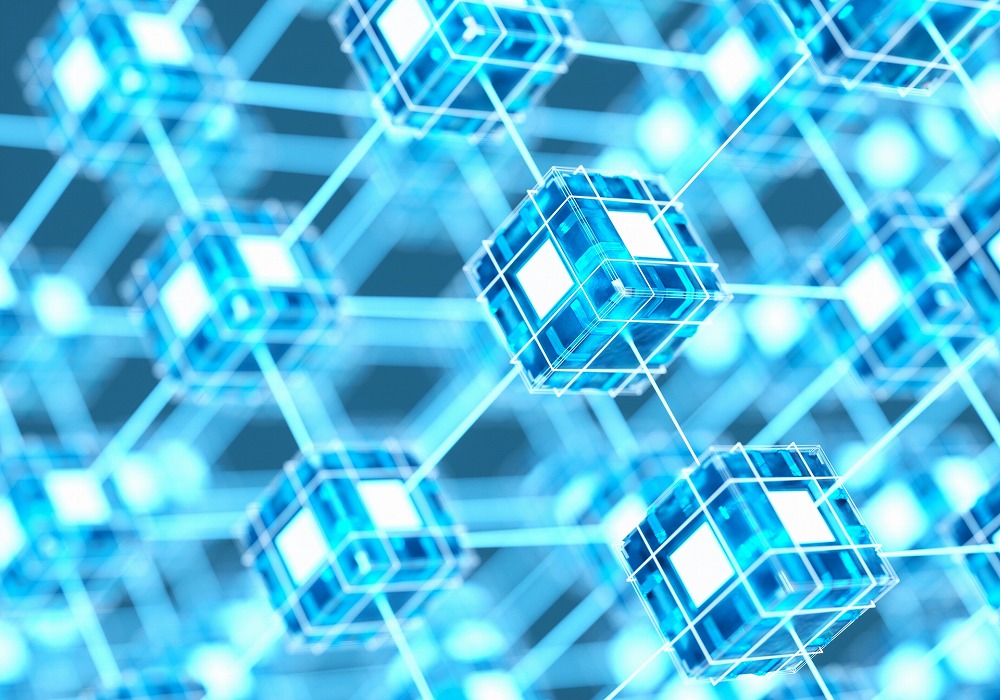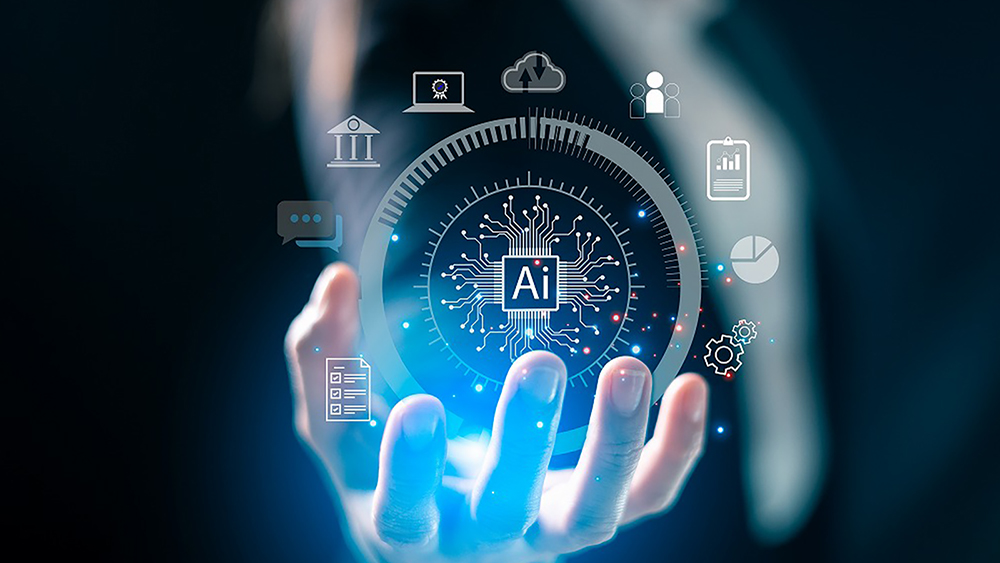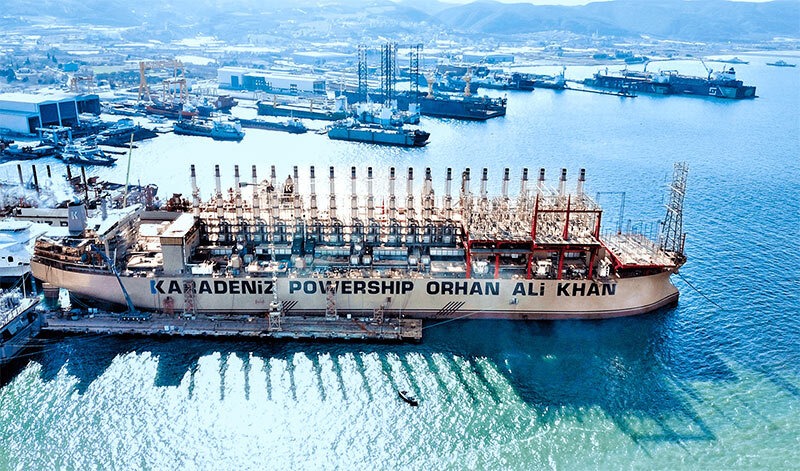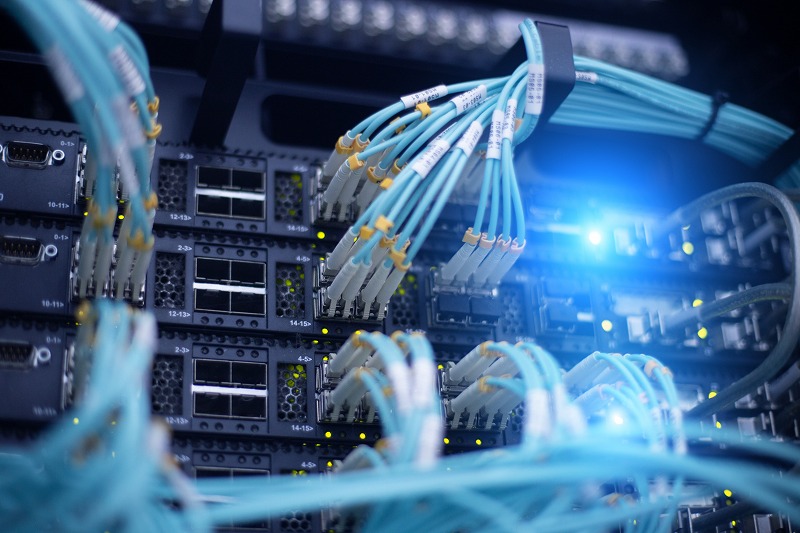
TOPICS & NEWS
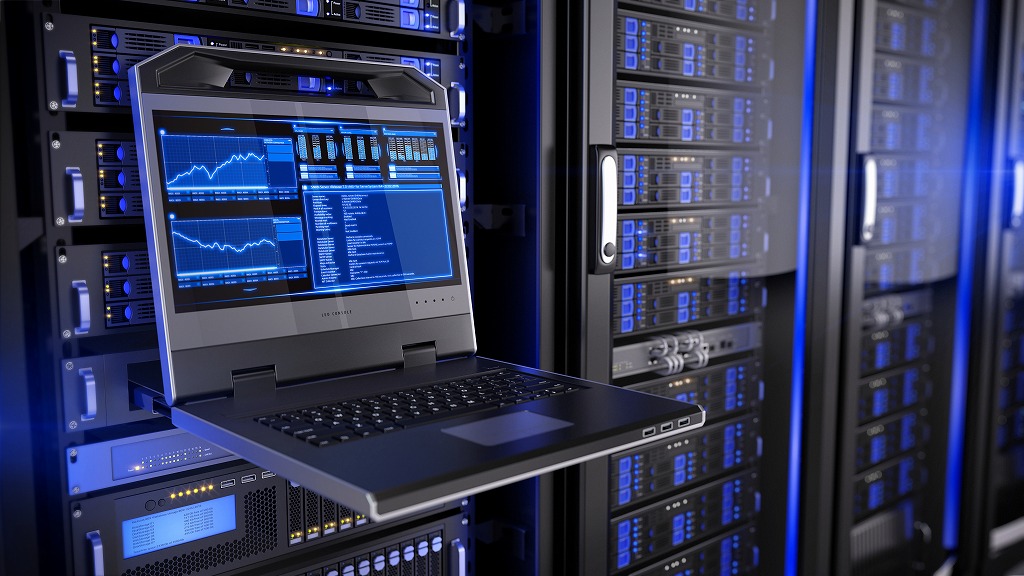
2025.05.26
Large factories once supporting Japan’s rapid economic growth, such as steelworks and electronics manufacturers, are now successively transforming into data centers (DCs) in response to the demands of the digital age. A prominent example drawing attention is the DC project in Kawasaki City by Mitsubishi Corporation and JFE Holdings.
Former Manufacturing Bases Evolve into the Heart of the AI Era
The two companies are moving forward with a plan to invest 100 to 150 billion yen to construct a large-scale data center on the site of the JFE Steel East Japan Works Keihin District (Kawasaki coastal area), where blast furnace operations ceased in 2023. A feasibility study is slated for completion by fiscal year 2025, with operations scheduled to begin as early as fiscal year 2030. If realized, it will be the largest DC operated by the Mitsubishi Corporation Group, with an anticipated power consumption of 60,000 to 90,000 kilowatts.
This plan reflects a symbolic paradigm shift from manufacturing to information industries. The Kawasaki steelworks was a crucial base that supported Japan’s steel industry for approximately 90 years, dating back to the Japan Steel Tube era. However, intense global competition led to the cessation of blast furnace operations. Now, this very site is set to transform into a state-of-the-art information infrastructure that meets the demands of AI and cloud computing.
In particular, the widespread adoption of generative AI has rapidly increased the need for infrastructure capable of high-speed processing of large volumes of data. Demand for servers using high-performance semiconductors from US-based Nvidia is also rising, prompting companies to seek new DC locations. Former factory sites, with their expansive land and robust power infrastructure, offer ideal conditions to meet these requirements.
Sakai, Kawasaki, and Across Japan: Redefining Former Factory Sites
Similar movements are becoming evident in other regions. In Sakai City, Osaka Prefecture, the Sakai Factory, known for Sharp’s LCD panel manufacturing, is undergoing a transformation plan to become a DC under the hands of major telecommunications companies SoftBank and KDDI. What was once a “monozukuri (manufacturing) hub” is now poised to evolve into an “information processing hub.”
According to forecasts by research firm Fuji Keizai, Japan’s domestic DC market is expected to reach 5,403.6 billion yen in 2029, a 34% increase compared to 2024. Consequently, not only traditional office buildings and suburban facilities, but also industrial zones in urban peripheries are gaining attention as DC locations.
The repurposing of industrial land is a topic that concerns not only real estate development but also energy policy and regional revitalization. Data centers, in particular, consume massive amounts of electricity, making the introduction of renewable energy and the establishment of local production and consumption power supply systems key for the future.
Factory complexes that once drove the Japanese economy are once again in the spotlight as foundational infrastructure for the digital society. From heavy industries to information industries—the demands of the times and technological evolution are fundamentally reshaping urban landscapes and land values.


dil_admin
TOPICS & NEWS



 JA
JA
